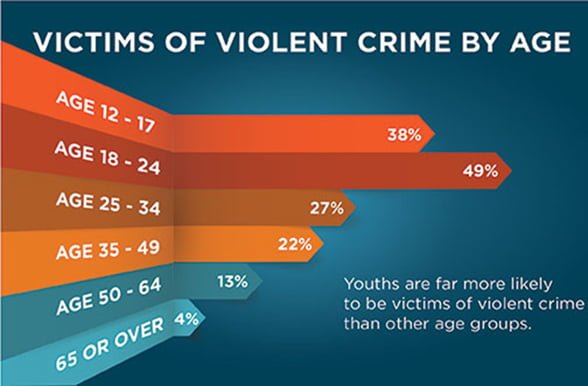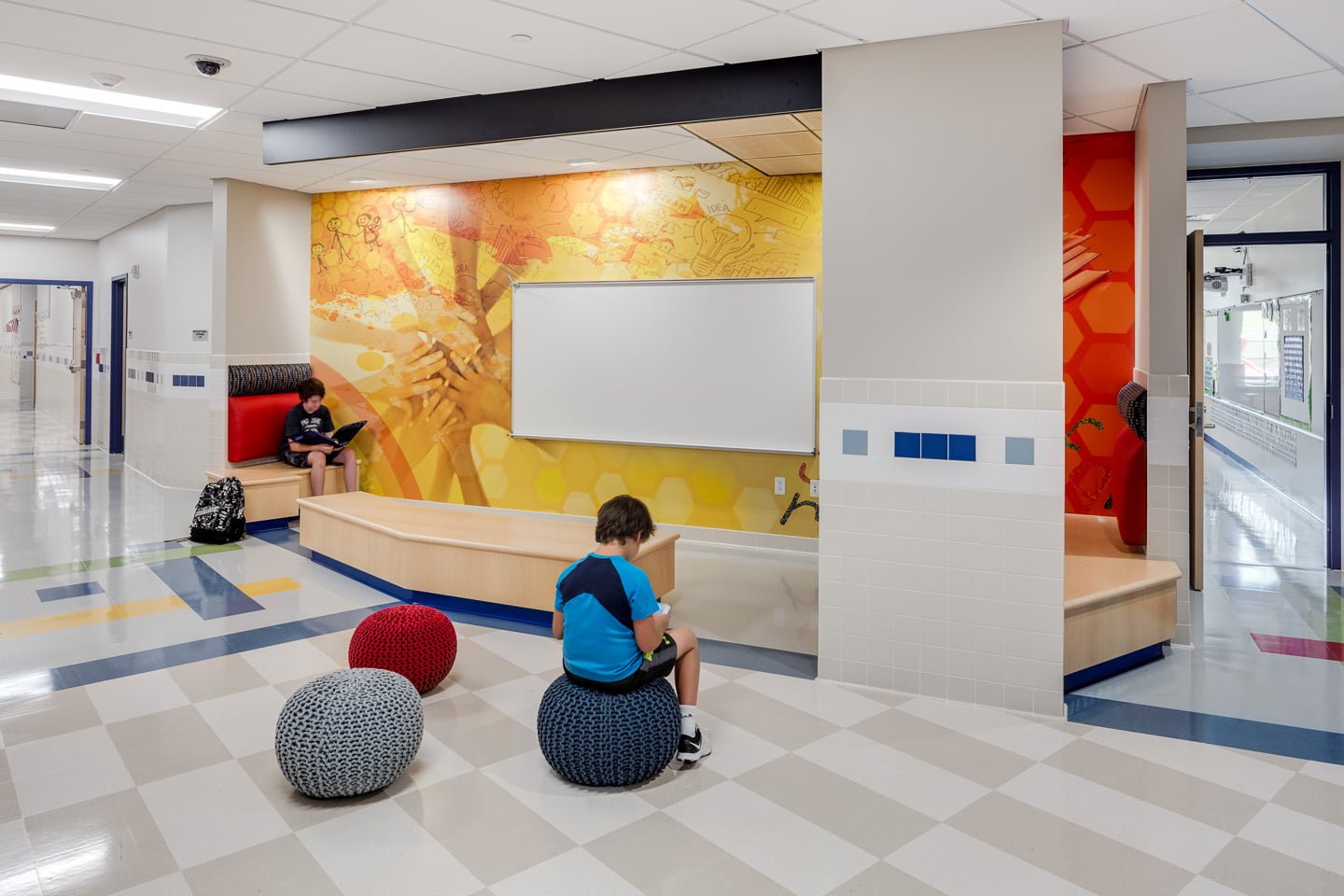Making the Grade with School Safety – People, Design, and Operations
From kindergarten through to college graduation, a student may spend as much as 40% of their day on school-based activities. The pace of personal and physical development through these years varies widely. The environments where students engage with each other must reflect the physical attributes and needs of the students while providing a realistic and reasonable degree of safety for everyone.
School shootings and cases of overt violence attract widespread media attention and pubic concern, but the vast majority of incidents are less dramatic. While perhaps seeming to be more benign, it is widely accepted that bullying and threats of harm can be traumatic to those involved.
The 1999 statistics for school violence showed the odds of getting into a fight in school were 1 in 7; the chance of being threatened or injured by a weapon was 1 in 13; and the odds of child being lost to homicide or suicide while in school were 1 in 1,000.1
According to a 2012 report from the National Center for Education Statistics and the Bureau of Justice Statistics, 74% of public schools recorded one or more violent incidents of crime in the 2009-2010 academic year, and 23% of schools reported bullying among students on a daily or weekly basis. While trends have shown a steady overall decrease in crime and violence in schools over recent years, the current level of crime and violence in our schools is unacceptable. The challenges that schools face in developing and maintaining safe, positive climates for learning are complex. However, schools must remain safe havens in communities for students and their families.2
 Incorporation of security and safety into the design and operation of a school is most successful when it is an integral piece of the planning and design process. Many States have made security and safety a requirement through the funding and review processes. For example, the Commonwealth of Massachusetts states:
Incorporation of security and safety into the design and operation of a school is most successful when it is an integral piece of the planning and design process. Many States have made security and safety a requirement through the funding and review processes. For example, the Commonwealth of Massachusetts states:
Each school committee and commonwealth charter school board of trustees shall ensure that when undertaking the planning, design, and construction for the renovation of an existing, addition to an existing, or the construction of a new school, they will include as an integral part of their efforts the identification, documentation, and inclusion of security and safety parameters to guide the planning, design, construction, and operation of the facility.
This effort shall adequately address each of the three phases of the project; planning, design, and operation.
A concept which incorporates a broad range of security planning aspects is Crime Prevention Through Environmental Design (CPTED). This is a multi-disciplinary approach to deterring criminal behavior through informed and conscientious decision making throughout the planning, design, and operational phases of a project. CPTED strategies rely upon the ability to influence offender decisions that precede criminal acts. CPTED principles of design affect elements of the built environment ranging from the small-scale (such as the strategic use of shrubbery and other vegetation) to the overarching, including location of a school within the community, integration with neighboring buildings, and the shape, design, and orientation of the site and building themselves.

Development of a successful school security design and protocol requires the design to originate from the educational and operational needs of the district. Educators need to buy in and be part of the development of the solution; they must believe in the resolution. This will likely take several symposia to achieve the maximum buy-in. A professional design team with members well versed in all aspects of security can help end users understand that a secure school is not overly cold or foreboding, but welcoming, warm, and supportive of everyone.
Architecture is successful when it furthers the mission and vision of the client. The design of the facility should be entrusted to the most qualified design team available, since whatever is developed during the programming and visioning effort, will ultimately fall to the design team to incorporate. Architects and designers do their best work when clients help us to understand what is important to them.
We are now in a world where the perpetrator is willing to take or lose their own life. This influences design and operational approaches. Security will likely add cost and space to the construction that value-engineering will strive to take out to meet the budget.
Basing the approach to school safety on creating an environment where students feel safe, supported, and respected will result in a facility that reinforces the operational protocols without interfering with their learning.
Resources:
1 U.S. DOE & DOJ Annual Report on School Safety, 1999
2 U.S. DOE, National Center for Educational Statistics, School Survey on Crime and Safety, 2016

